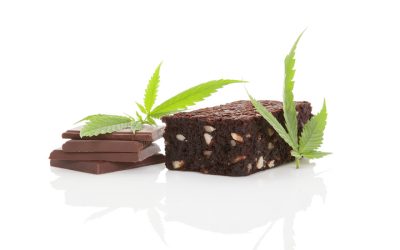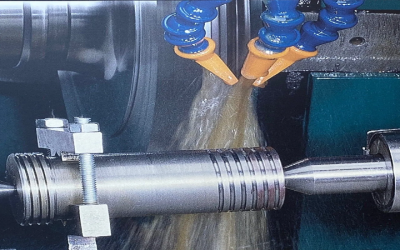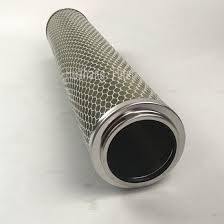Not all windows are made with the same glass. Standard window glass is designed to let in the maximum amount of light possible, but the drawback is that it’s not very energy-efficient. Glass is an excellent conductor, which means that it’s very good at letting the heat out of your Seattle home or office in cold weather and allowing the heat in on hot summer days. It also lets through all the ultra-violet light, which eventually results in fading on carpets, curtains, furniture, artwork, and books.
Low Emissivity Windows (known as Low-E) provide an alternative that offers protection against fading and can also save you money by cutting your fuel bills. Low-E glass has a microscopic coating of a metallic oxide which reflects a small amount of the light and also reduces heat transmitted by radiation. The result is similar to wearing sunglasses, though the visual effect is not as extreme as you would get with tinted windows. Up to 70% of heat can be reflected, as well as up to 35% of UV light.
Make sure you get the right type of Low-E glass
There are different types of coatings designed for different climates. There are two ways to measure their effectiveness: the U-factor measures the insulation, and Solar Heat Gain Coefficient (SHGC) measure the amount of solar radiation transmitted. The lower the number, the more effective they are.
* High solar gain is designed for cool climates, where the priority is on reducing glare and retaining heat in the building, but allowing solar heat in. Typical U-factor is around 0.30, SHGC 0.71
* Medium solar gain is intended for temperate climates, and allows moderate solar heating. Typical U-factor is around 0.25, SHGC 0.39.
* Low solar gain is best for hot climates where the priority is on keeping sunlight out and minimizing heat coming into the building. Typical U-factor is around 0.24, SHGC 0.27.
And note that you don’t need to put Low-E glass in all the windows in your home. They’re most effective at dealing with sunlight, so it may be sufficient to put Low-E glass on windows that get direct sunlight for a significant part of the day. Low-E glass can also be very effective on skylights.
A professional window company Seattle will be able to advise you on where to use Low-E glass for best effect and what grade to use. You can also claim tax credits for installing approved energy-efficient windows, so find out what options are available. In Seattle, there are specific requirements for the type of Low-E glass you need to use on the different windows around your home in order to qualify for the tax credits.
Glass Doctor explain how using low-E windows could save you money in your Seattle home or office building. Call 206.337.2376 today for more information on energy-efficient windows.


